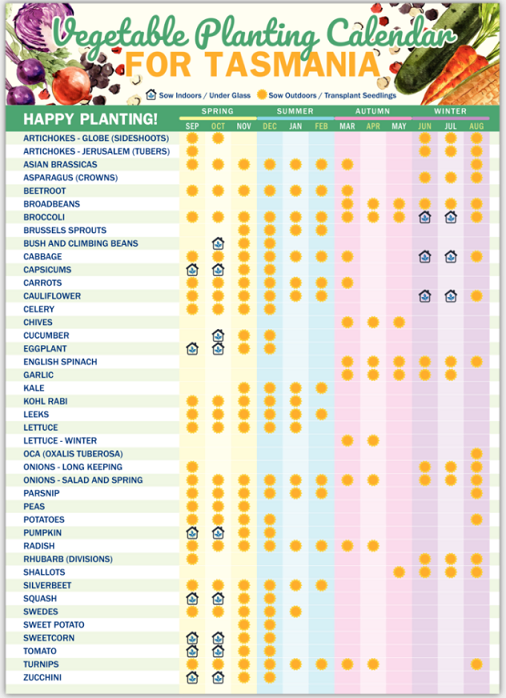.jpg)
SUNLIGHT is now pouring in, warming the soil, and extended daylight hours are stimulating a massive sprouting of new growth.
What a marvellous time of the year to get stuck into the whole garden.
Here are some vital jobs for a flying start into the growing season.
Aphids are already beginning to cluster around the soft, green rose shoots.
A quick pyrethrum spray instantly eliminates them. However, if ladybirds are seen trundling around, don’t bother, because they too can be killed by the spray.
They are the ultimate gardener’s friends and produce lots of hungry young ladybirds that soon wipe out even the worst aphid population.
Why not buy new azaleas now while plants are in flower? It’s great to know what you are getting. The small-leaf Kurume varieties can withstand full sunlight and produce so many brilliantly-coloured flowers it’s almost impossible to see the branches.
Satsuki varieties produce enormous, flamboyant flowers long after most other azaleas have finished flowering. They are worth a place in any part of the garden and they appreciate afternoon shade.
Seedlings of annual flowering plants, especially lobelia, African marigold (great for suppressing grass weeds), petunia, phlox and even vigorous, ground-hugging forget-me-nots are excellent ground-covers. Plant seedlings 20cm apart, choosing sunny gaps between shrubs and roses.
With occasional deadheading, these annuals can bloom non-stop throughout summer and autumn.
An urgent job is feeding the soil. Mulch heavily with straw around trees and shrubs, incorporating generous amounts of old, well-rotted animal manure.
Sheep manure is basically organic matter, but contains valuable nutrients, especially potassium.
It makes a superb soil conditioner, even when simply spread over the surface. And when liberally dug in, it helps break up heavy soils.
As for the vegetable patch, it’s the prime planting and sowing time.
Annual weeds are best dug in before they flower and form seeds, to become a form of green manuring. Once mixed into the soil, most annual weeds rot away rapidly during spring.
Seeds of valuable root vegetables such as carrots, parsnips, beetroot, swedes, turnips, radish and salsify can be sown into prepared, well-raked soil. These vegetables have a low need for high-nitrogen fertilisers.
Even in average soils, most seedlings are up and on the move a couple of weeks after the seed has been sown.
Many root vegetables come up too thickly, so be sure to thin overcrowded seedling — otherwise you’ll get poor yields and deformed roots.
There’s still plenty of time to plant certified seed potato tubers.
The soil is still moist in districts that have had good winter rain. In well-manured soil and an occasional deep watering you’ll be eating homegrown spuds for Christmas lunch.
Long-keeping onions can still go in now, but only as seedlings.
At garden centres, always choose punnets with the smallest, youngest onion seedlings. Avoid floppy, overgrown onion seedlings in bundles or punnets, because they are lousy value.
Overly large onion seedlings usually go to seed around late November.
Leek seedlings, however, are wonderful value. Make rows of holes using a garden fork and drop a leek seedling into every second hole and fill with water. They never look back.
As for salad and spring onions, they are best seed-sown directly where they are to be grown — always into well-limed soil.
In most cool districts, don’t bother risking seedlings of tomato, capsicum, pumpkin, zucchini, and cucumber, unless under covers. In many places the soil still remains too cool.
However, tender seedlings can be raised from seed, always under cover. They can be put into individual, tumbler-sized pots and allowed to become slightly root-bound.
This forces them into flower and by this time the soil has warmed up enough to give them a fast start.
Late peas can be sown into soil enriched with mushroom compost and pulverised cow manure. They are cool-climate plants so get the plants to begin podding up as early as possible.
Peas that mature late, especially during January or later, tend to become infected with powdery mildew.
Spring is the perfect time for working out in the garden.
This combination of fresh air, warm sunlight and exercise is a healthy way to relax and at the same time appreciate the glorious addiction of gardening.
And it allows us to produce the best food we can eat — the stuff we grow ourselves in our own gardens. This is what good living is all about.
First published September 23, 2015 - The Weekly Times
-----------------------------------------------------------------------
Check out our Tasmanian Planting Calendar Fridge Magnet – A5 size only

A year-round guide for when to plant your veggies in Tasmania. Never lose your planting guide again with a convenient fridge magnet for secure attachment to any metal surface. This growing guide has been tried and tested by some of the best Gardener’s in Tasmania, and is specifically adapted to the Tasmanian climate.
Excellent Gift for any Tasmanian you know with green thumbs and who likes Peter Cundall as much as i do!
Make sure you follow the calendar and you will have a successful year of growing vegetables in Tasmania.
Price includes FREE SHIPPING Australia wide. BUY HERE